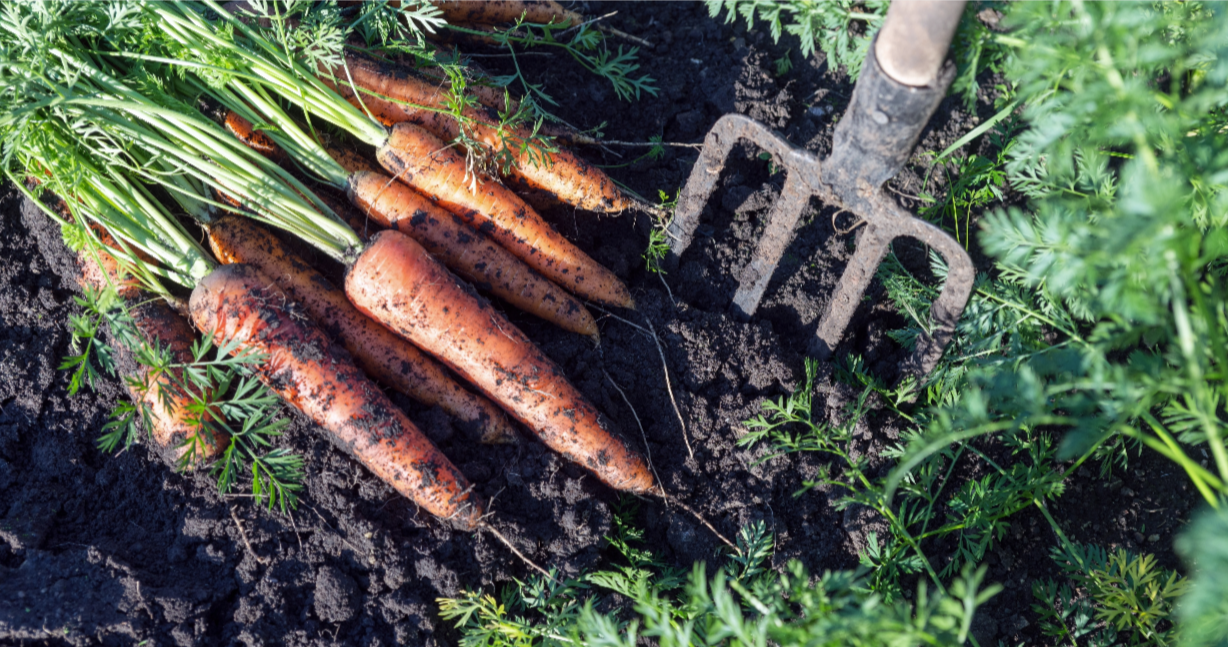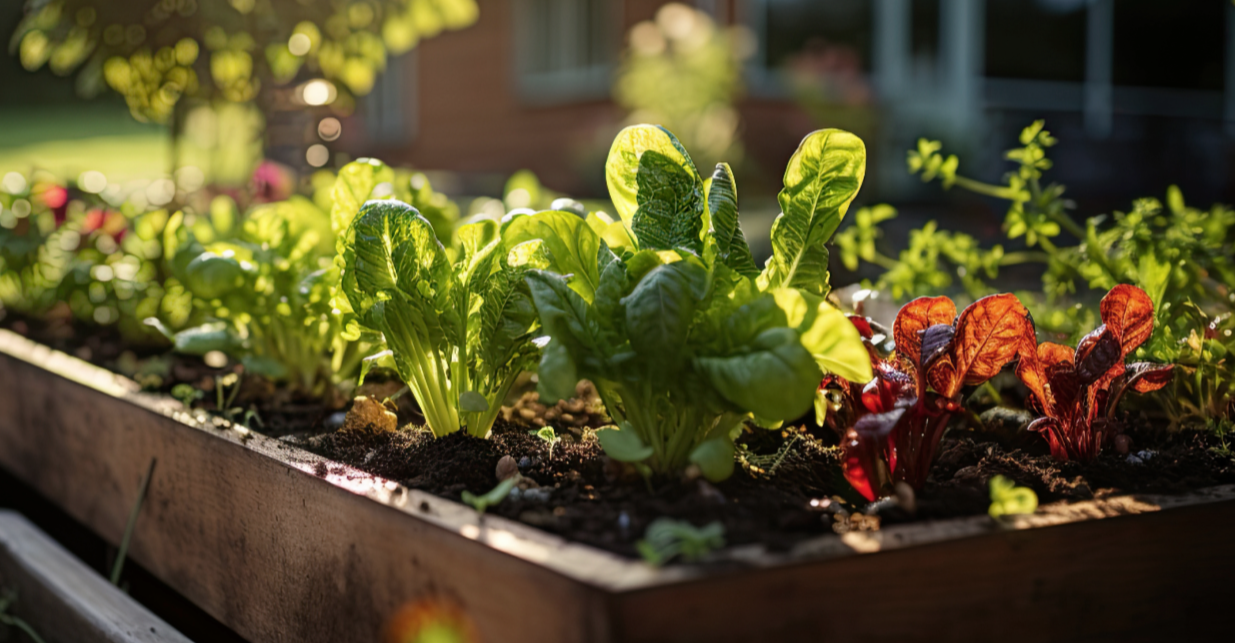

Articles and news
BIG news and articles
CATEGORIES
TAGS

Planting Best Practices for Your Backyard Garden
Planting Best Practices for Your Backyard Garden
When it comes to creating a successful backyard garden, precise knowledge and well-thought-out practices are key. In this blog post, we will delve into the fundamentals of backyard gardening, covering essential topics such as soil pH, bed design, and crop selection.
Soil pH: The Foundation of a Thriving Garden
Soil pH, or the measure of acidity or alkalinity of the soil, is a critical factor in gardening. Most plants prefer a slightly acidic to neutral pH level (around 6.0 to 7.0), although there are exceptions. To ensure you're planting in the right pH range:
-
Test Your Soil: Begin by conducting a soil test using a pH testing kit, available at most garden centers or online. This will provide you with an accurate starting point.
-
Adjust the pH: Depending on the test results, you may need to amend your soil to achieve the desired pH level. For acidic soil, you can add lime to raise the pH, while sulfur can be used to lower it in alkaline soil.
-
Regular Monitoring: Keep an eye on the pH levels, as they can change over time. Re-test your soil annually to maintain the ideal conditions for your plants.
Designing Your Garden Beds
The layout and design of your garden beds play a crucial role in ensuring your plants receive the right amount of sunlight, water, and nutrients. Here are some design best practices:
-
Raised Beds: Raised beds provide good drainage and prevent soil compaction. They also make it easier to control the quality of your soil.
-
Spacing: Proper spacing between plants is essential to allow for healthy growth. Follow the recommendations on seed packets or plant labels.
-
Sunlight: Ensure your garden receives adequate sunlight. Most vegetables and flowering plants need at least 6-8 hours of direct sunlight daily.
-
Companion Planting: Consider companion planting to maximize space and naturally deter pests. For example, planting marigolds alongside vegetables can help keep certain pests at bay.
Choosing the Right Crops
Selecting the right crops for your backyard garden is vital. Factors to consider include:
-
Climate: Choose crops that are suitable for your climate zone. Consult the USDA Plant Hardiness Zone Map to determine your zone.
-
Space: Be realistic about the space you have. Some plants, like zucchinis or pumpkins, can take up a lot of room, while others, like herbs, are more compact.
-
Personal Preferences: Plant what you and your family enjoy eating. This ensures you get the most out of your garden.
-
Crop Rotation: Avoid planting the same type of crop in the same spot every year to reduce the risk of soil-borne diseases and pests.
By following these best practices for soil pH, garden bed design, and crop selection, you'll be well on your way to a thriving backyard garden. Remember to continue monitoring your garden's progress and adapting your practices as needed for optimal results.
Happy gardening!
